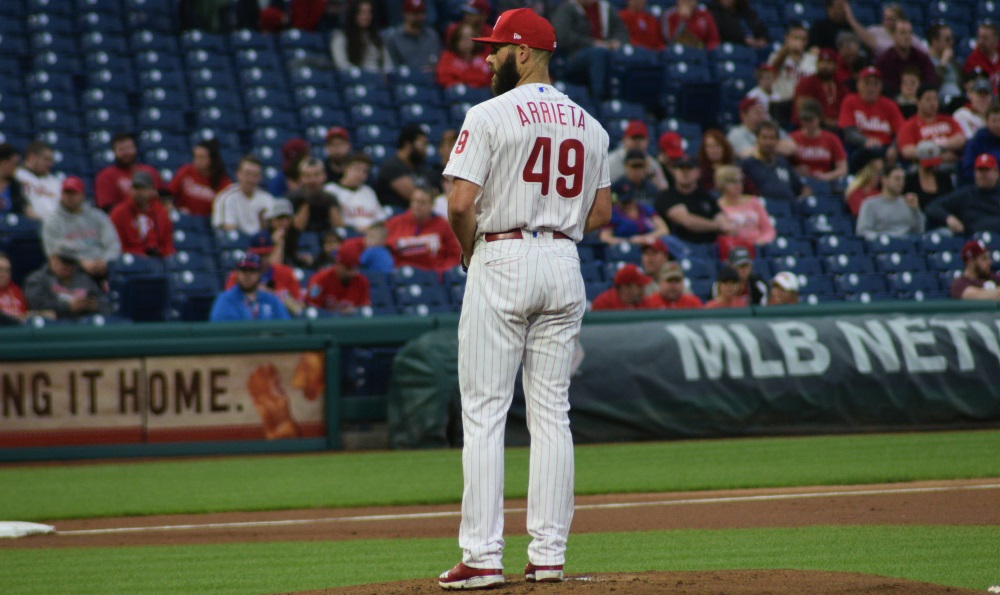Is Major League Baseball’s Domestic Violence Policy Working?
Last week, San Diego Padres left-hander Jose Torres was suspended for 100 games for violating MLB’s Domestic Violence Policy. Torres represents the ninth major leaguer to be investigated under the policy and the seventh to be suspended since the policy took effect at the beginning of the 2016 season, joining Aroldis Chapman, Jose Reyes, Hector Olivera, Jeurys Familia, Derek Norris, and Steven Wright. And that list doesn’t include players like Addison Russell, who was accused of spousal abuse last year in divorce proceedings. Torres, currently on the restricted list, is awaiting trial on “[c]harges of assault with a deadly weapon and criminal damage” stemming from this incident:
According to the probable cause statement contained in the court report, Torres knocked a door off its hinges and punched a hole in another door. He also pointed the gun at the victim, according to the report.\
While MLB’s domestic-violence policy has served to punish offenders, it doesn’t seem to have had any effect on the number of domestic-violence incidents. After five investigations and four suspensions in 2016 – the first full year of the program – there was just one suspension issued in all of 2017. But this year, the numbers are back up, with three investigations and two suspensions already in 2018. And while those numbers may be relatively small, especially compared to PED suspensions, domestic violence is an entirely different animal because it is not, unlike PEDs, what might be termed a “victimless crime.” Domestic violence and domestic abuse have real victims who often suffer real — and often severe — physical and emotional injuries. And those injuries are inflicted on both women and children; children exposed to domestic violence are often scarred for the rest of their lives.
So the question is what, exactly, MLB’s policy is trying to accomplish here. Originally, the idea was that MLB would step into the gap in the criminal law that often protected professional athletes accused of domestic-violence incidents. From a piece by Ken Rosenthal:

